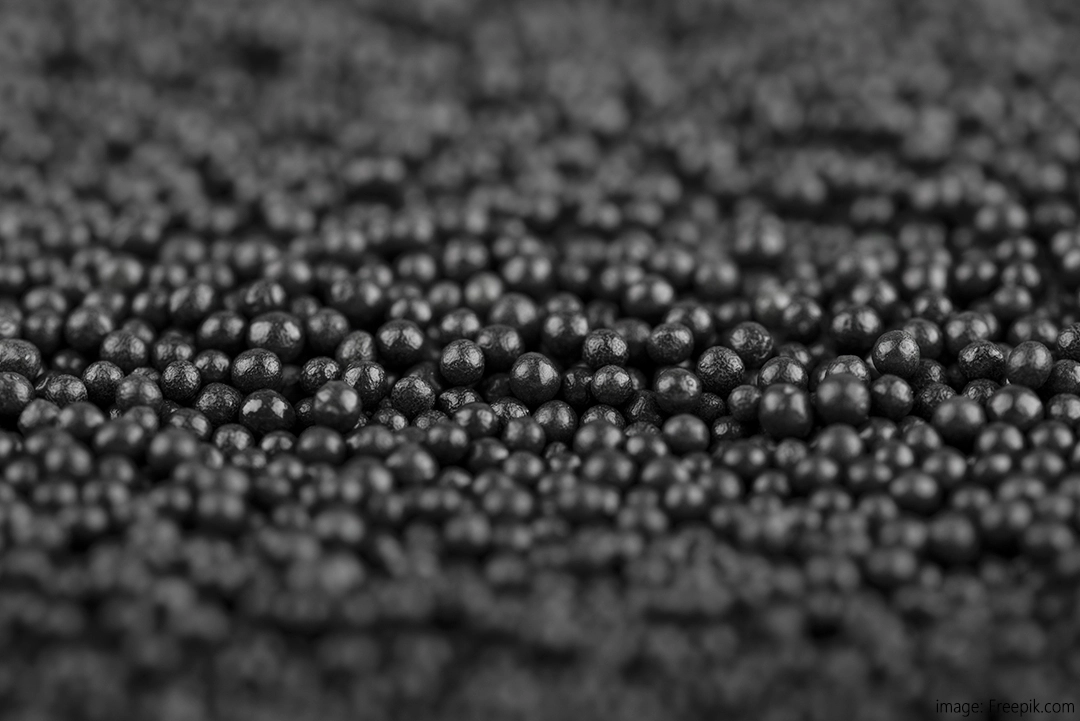FAQ
GRANULAR ACTIVATED CARBON AS AN ADSORPTION AND FILTRATION MEDIUM
About Granular Activated Carbon
Granular activated carbon (GAC) is a hybrid mixture of a wide variety of graphite platelets that are interconnected by nongraphitic carbon bonding. The adsorptive capacity of GAC makes it ideal for removing a variety of contaminants from water, air, liquids, and gases. GAC is also an environmentally responsible product that can be reactivated through thermal oxidation and used multiple times for the same application.
The U.S. Environmental Protection Agency (EPA) and most state-based departments of health consider adsorption by GAC to be the best available technology for the removal of many organic materials in surface water. On its own or paired with an ultraviolet (UV) disinfection system, GAC can facilitate the removal of:
• Disinfection byproducts (DBPs) associated with chlorine and alternative disinfectants
• Algal toxins, such as microcystin-LR, cylindrospermopsin, and anatoxin-A
• Endocrine-disrupting compounds
• Pharmaceuticals and personal care products
• Taste and odor-causing compounds
• Organic materials from decaying plants and other naturally occurring matter which serve as the precursors for DBPs
Granular Activated Carbon as an Adsorption Medium
The following is a review of the fundamental aspects of activated carbon and specifically the use of GAC as a filter and adsorbent in potable water treatment.

Activated Carbon Production
Activated carbons are produced from a wide variety of carbon-rich precursor materials such as bituminous coal, anthracite, subbituminous coal, lignite, wood, coconut shells, and peat. These materials are converted into activated carbon by either thermal or chemical activation processes.
Activated carbons produced from bituminous coal can be classified as direct activated or reagglomerated. Direct activation involves sizing the coal to the final particle size and thermally activating it. Direct activation can produce a less costly product compared to reagglomeration.
Reagglomeration involves pulverizing and briquetting the coal with organic binders. Reagglomerated carbons tend to have a more homogenous pore structure that can be better for certain organic contaminant removal.
Adsorption
Adsorption results from the interaction of the electronic structure of an adsorbent, such as activated carbon, with an adsorbate, such as taste- and odor-causing compounds like geosmin. Molecular compounds are kinetically attracted to the porous surface area of the carbon.
Granular Activated Carbon Filtration
GAC has shown to be an effective physical filtration medium in water treatment plants and also provides water quality protection by adsorption of taste and odor compounds or chemical contaminants.
GAC Filter Operation Recommendations
• A minimum of 30 seconds is recommended for bringing backwash water to full flow in the filter.
• When the unit is brought back online, a minimum of 10 minutes is recommended for bringing the filter back to full flow.
• It is recommended to take core samples once per year to test for residual activity using an iodine number test.





